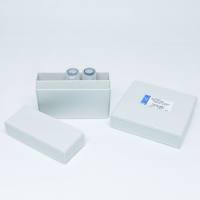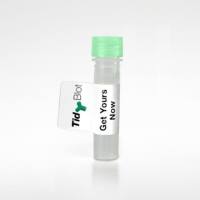Despite recent major pharmacological and device advances, percutaneous coronary intervention (PCI) remains a costly procedure with significant periprocedural risk. Heparin has maintained the foundation of procedural anticoagulation, but heparin anticoagulation is unpredictable because it is an indirect thrombin inhibitor, which requires heparin cofactor II-antithrombin for its actions. Antithrombin levels vary widely in patients. In addition, the heparin-antithrombin complex is too large to inhibit clot-bound or fibrin-bound thrombin. Clinical functions can alter antithrombin levels, which further reduce heparin’s predictability. Heparin can also be inhibited by plasma proteins. These complexities can lead to both excessive anticoagulation with clinical bleeding and subtherapeutic heparinization with clinical coronary occlusion. Finally, heparin is associated with a 1–3% incidence of heparin-induced thrombocytopenia (HIT), which carries an increased risk for acute, subacute, and chronic thrombotic occlusion. The major pharmacological improvement in platelet efficacy has been the addition of glycoprotein IIb/IIIa inhibitors for PCIs. However, all GPIIb/IIIa inhibitors are associated with a risk of bleeding. Reduction of heparin doses has resulted in less clinical bleeding, but bleeding still occurs in a significant number of patients.






